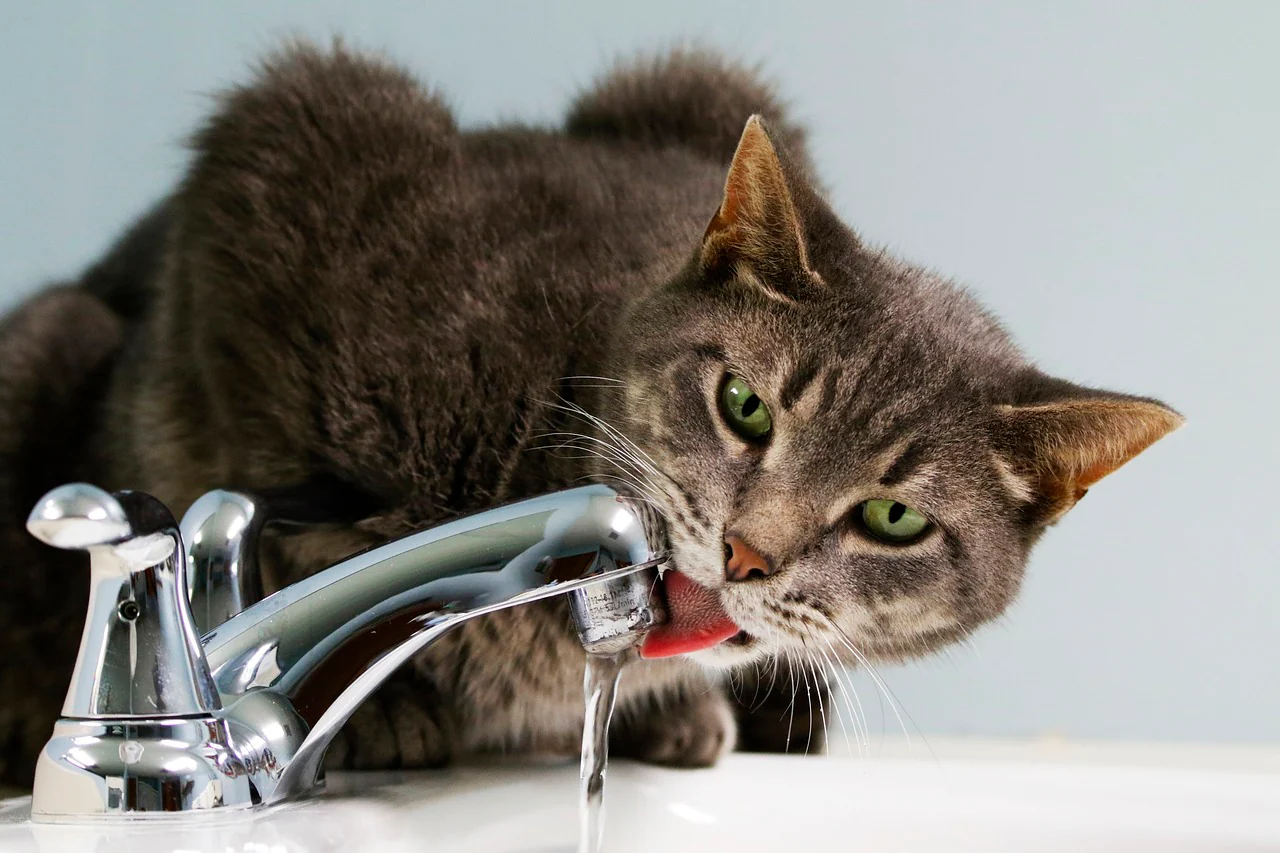The Curious Case of the Thirsty Cat: Why Your Feline Friend Might Be Drinking More Water
Our feline companions may not always be vocal about their needs, but a noticeable change in their water consumption habits can be a sign that something is amiss. If you’ve observed your cat drinking excessively, it’s natural to be concerned. This comprehensive guide delves into the potential reasons behind a cat’s increased thirst, explores diagnostic steps, and offers tips for keeping your kitty hydrated.
Understanding Normal Water Intake in Cats
Cats, by nature, tend to be less inclined to drink large amounts of water compared to other pets like dogs. Their dietary needs and natural instincts play a role in their fluid intake. However, several factors can influence how much water a cat drinks:
- Diet: Cats on a dry food diet typically require more water than those on a wet food diet, which already has a higher moisture content.
- Activity Level: More active cats will naturally need to replenish fluids lost through exertion.
- Climate: Hot weather can cause increased thirst in cats, as they try to regulate their body temperature.
- Age: Senior cats might experience kidney function decline, leading to increased water intake.
Here’s a general guideline for a cat’s daily water intake:
- Healthy Adult Cat: Around 50-75 milliliters (2-3 ounces) of water per day.
It’s important to note: This is just a general estimate, and individual cat’s needs may vary.
When to Be Concerned About Increased Water Consumption
While occasional increased thirst might not be a cause for immediate alarm, there are situations where it warrants a visit to the veterinarian. Here are some red flags:
- Sudden and Dramatic Increase: If your cat’s water intake has noticeably and abruptly spiked, it’s best to consult a vet.
- Excessive Urination: Increased thirst often accompanies frequent urination. This could indicate underlying health issues.
- Lethargy or Loss of Appetite: These symptoms combined with excessive thirst can signal more serious problems.
- Vomiting or Diarrhea: These conditions can lead to dehydration and increased thirst as the body tries to replenish fluids.
Potential Causes of Increased Thirst in Cats
If you’ve observed your cat drinking excessively, here are some potential reasons to consider:
- Kidney Disease: One of the most common causes of increased thirst in cats is kidney disease. As kidney function declines, the body’s ability to retain water diminishes, leading to excessive thirst and urination.
- Diabetes Mellitus: Feline diabetes can cause increased thirst and urination as the body tries to expel excess glucose through urine.
- Hyperthyroidism: An overactive thyroid gland can increase a cat’s metabolism and thirst.
- Liver Disease: Liver problems can disrupt fluid balance and lead to increased thirst.
- Urinary Tract Infection (UTI): A UTI can cause discomfort and frequent urination, leading to increased thirst as the cat tries to flush out the infection.
- Dental Disease: Painful dental issues can sometimes cause a cat to drink more water.
Diagnosis and Treatment
If you suspect your cat’s increased thirst might be due to an underlying medical condition, scheduling a visit to your veterinarian is crucial. Here’s what to expect:
- Physical Examination: The vet will perform a thorough physical examination to assess your cat’s overall health.
- Blood and Urine Tests: These tests can help diagnose potential health problems like diabetes or kidney disease.
- Treatment: The treatment plan will depend on the underlying cause of your cat’s increased thirst.
Keeping Your Cat Hydrated: Tips and Tricks
Here are some tips to ensure your cat has access to fresh, clean water and stays adequately hydrated:
- Multiple Water Bowls: Place several water bowls throughout your house, especially in areas your cat frequents.
- Clean Water: Change the water in your cat’s bowls daily to maintain freshness. Consider using a pet fountain to encourage drinking.
- Wet Food: Incorporate wet food into your cat’s diet to increase their moisture intake.
- Ice Cubes: Some cats enjoy having ice cubes added to their water bowl, providing a playful way to cool down and ingest some extra fluids.
Remember: Early detection and treatment of any underlying medical conditions causing increased thirst are essential for your cat’s well-being.
Frequently Asked Questions (FAQ) About Increased Thirst in Cats
-
Q: Can dehydration cause increased thirst in cats?
-
A: Yes, dehydration can be a cause of increased thirst. Ensure your cat has access.






More Stories
Where to Watch USMNT vs Jamaica National Football Team
How I Met My Monster
How Should a Ring Fit